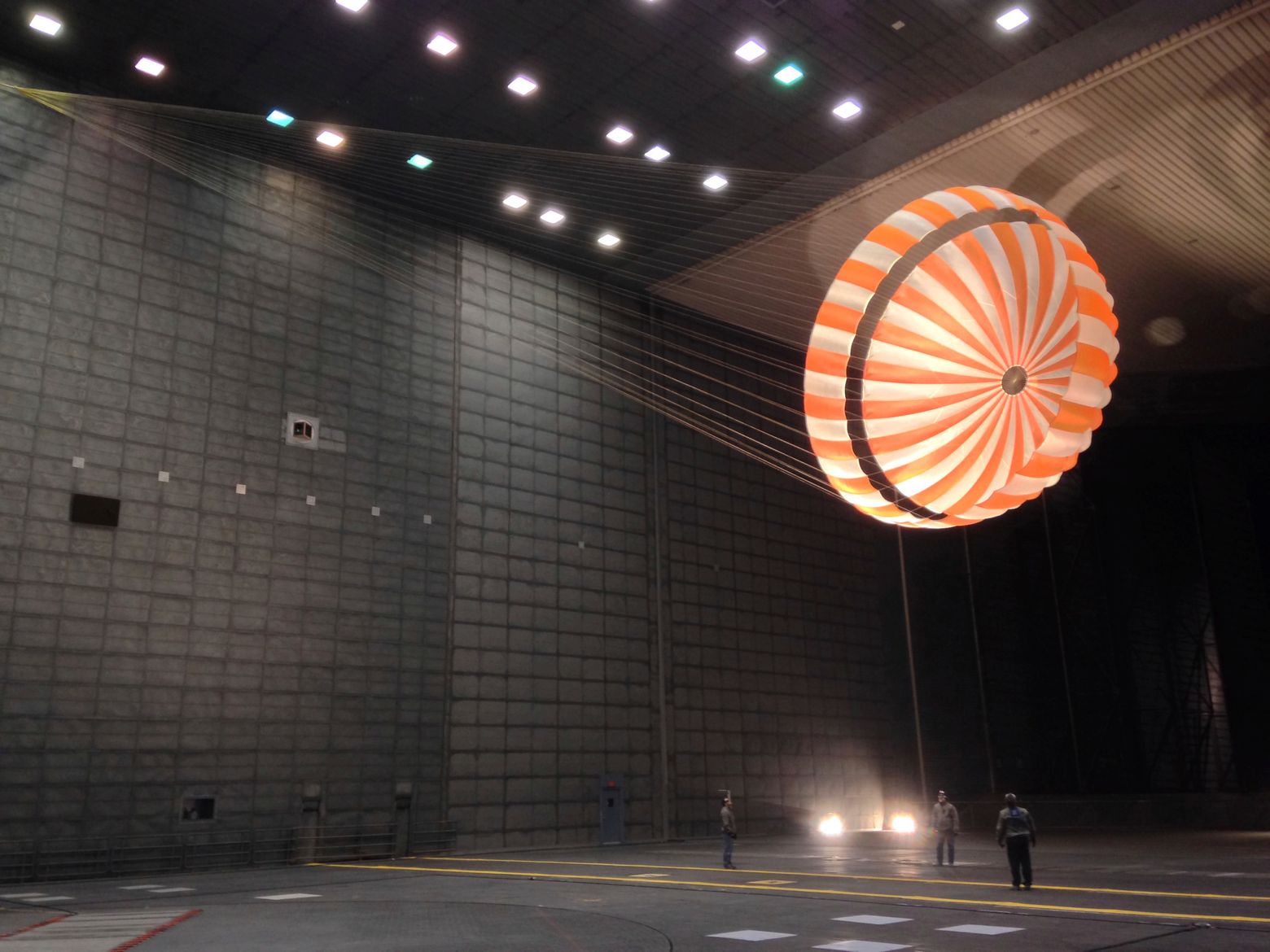
ESA astronaut Alexander Gerst poses on Oct. 19, 2018, with the ACLS life-support rack, newly installed on the International Space Station.
Credit: ESA/NASA
A new life-support system that can recycle breathable air is being installed at the International Space Station, promising to dramatically decrease the amount of water that needs to be brought to the orbital outpost to make oxygen.
The system represents an important step toward so-called closed-loop life-support systems that could one day sustain space crews indefinitely without supply missions from Earth. Such systems will be crucial for future long-duration missions to the moon and Mars.
The newly installed Advanced Closed Loop System (ACLS), developed by the European Space Agency (ESA), arrived at the space station in late September aboard the Japanese HTV-7 cargo ship. This system could slash the amount of water needed for the oxygen system by 400 liters (100 gallons).
This Space Station Air Recycler Could Help Astronauts Breathe Easier on Mars
ESA astronaut Alexander Gerst poses on Oct. 19, 2018, with the ACLS life-support rack, newly installed on the International Space Station.
Credit: ESA/NASA
A new life-support system that can recycle breathable air is being installed at the International Space Station, promising to dramatically decrease the amount of water that needs to be brought to the orbital outpost to make oxygen.
The system represents an important step toward so-called closed-loop life-support systems that could one day sustain space crews indefinitely without supply missions from Earth. Such systems will be crucial for future long-duration missions to the moon and Mars.
The newly installed Advanced Closed Loop System (ACLS), developed by the European Space Agency (ESA), arrived at the space station in late September aboard the Japanese HTV-7 cargo ship. This system could slash the amount of water needed for the oxygen system by 400 liters (100 gallons). [The International Space Station: Inside and Out (Infographic)]
Advertisement
The 750-kilogram (1,650 lbs.) system, housed in a payload rack 2 meters by 1 m by 90 centimeters in size (6.5 by 3.3 by 3 feet), recycles 50 percent of the carbon dioxide (CO2) exhaled by the astronauts back into oxygen. As the air passes through the system, the CO2 is trapped in small beads made of amine, an organic compound similar to ammonia.
“Once we remove CO2 from the cabin air, we extract it from these materials and we get almost pure CO2,” Daniele Laurini, who led the ESA team that developed the system, told Space.com. “Then, we react the CO2 with hydrogen and we extract water and methane.”
Water is further split into hydrogen and — more importantly — oxygen, which the astronauts can breathe. In the past, all water for making oxygen would have to be brought from Earth. The new process extracts an equal amount of water and methane, Laurini said.











